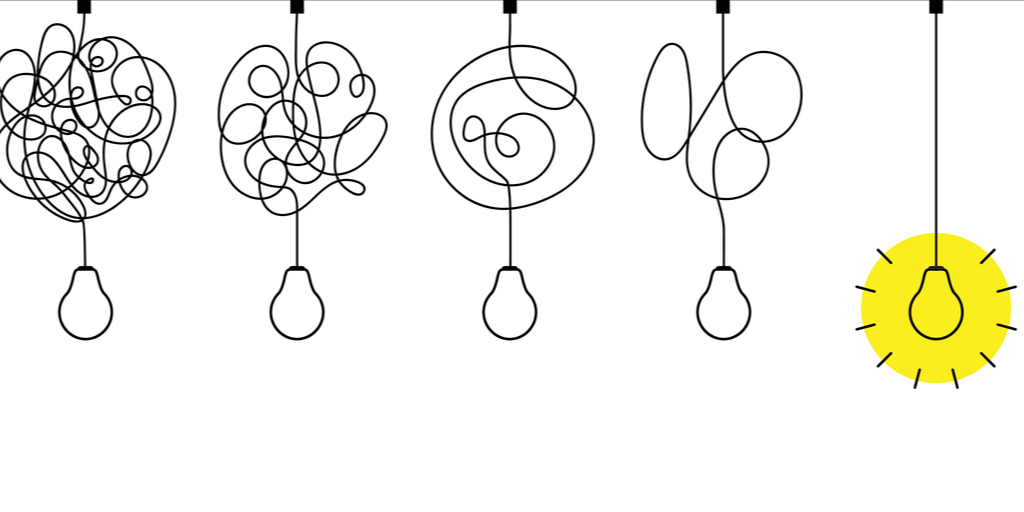Summary
When you use humanized marketing instead of product-focused marketing, you gain more customer brand ambassadors who’d be happy to recommend your product every chance they get.
I discuss some of the core differences between focusing on your product and focusing on your customers to create deeper connections.
——–
On a good day, you’ll find me writing, with a big mug of tea nearby. While I enjoy my coffee, there’s nothing that I find as soothing as tea.
Recently, in a conversation with family, I found myself recommending a tea brand that I love. I was surprised by how much time I spent talking about why I loved the tea brand, and for me, it extended beyond the tea itself to the story of how the company got started.
As a Humanized Brand Strategist, I help businesses discover more ways to find customer brand ambassadors. When I was busy evangelizing for the brand, it happened so naturally that it was great to see the impact of connecting deeply with a customer personally.
Your marketing goal at every point is to get more and more people like me to talk about your brand and product without being forced to.
It’s not about if a customer is willing to give you an excellent testimonial for your website. It’s about if a customer will refer you to another person without your influence.
At the core, customer brand ambassadors are a very cheap but effective form of marketing.
Think about it?
Who do you trust more?
A friend or family who recommends something to you or a TV advertisement? Nielsen’s recent study shows that 92% of customers trust a recommendation from someone they know over advertising.
That means you have a better chance of making a sale every time the recommendation comes from your customer.
Ready to Go Beyond Word-of-Mouth Marketing? Here’s What to Do Next
How do you get more customers to become brand ambassadors?
It all starts with a connection.
Here’s the simple answer: use relatable marketing or marketing that’s not focused on your product.
Why is this important?
Here’s the formula for building brand ambassadors:
Create a connection > building trust >>> brand ambassadors.
When we market our products, our role is not to sell a product but rather to create a connection between the product and the customer. You might be wondering, what’s the difference? I’ll explain using the table below.
Brand Strategy vs. Marketing Strategy vs. Marketing Activity: What’s The Difference?
Product-Focused Marketing vs. Humanized Marketing
Here are the differences between product-focused marketing and humanized marketing.
| Product-focused Marketing | Humanized Marketing (Relatable Marketing) |
|---|---|
| It focuses on selling | It focuses on educating |
| Talks about how fantastic your product is | Talks about how much better your customers life will be with your product |
| It makes the customer feel like you are talking about the benefits of your product | It makes the customer feel like you know them and their pain that they experience |
| Focuses on the bells and whistles | Focuses on the problems that the product solves |
| Sounds very fancy and relates very well to product enthusiasts | It is straightforward and is understood by almost anyone |
| Is heavy on industry jargons | Stays away from clichés and terminologies that don’t make the message clear |
| It is dependent on new product releases | It is dependent on discovering more challenges that the product solves |
| You guard your product heavily due to fear of competitors stealing ideas | There’s a concentration on explaining the product in the simplest way possible, and you don’t worry about competitors since the only focus are your customers |
| It doesn’t let customers in for fear of not “looking-professional” | Let’s customers in to get to know the people behind the company |
Essentially, when your marketing is much more focused on your customers than it is on your product, you tend to create a better emotional connection.
Creative Ways to Track Branding Campaign Success
How do you invoke more of an emotional connection to create brand ambassadors?
Use the three pillars of humanized marketing listen, empathize, dream (LED), to analyze your marketing by answering the following questions.
1. Listen: Listen to understand your audience
- Do you understand the pain?
- Do you know what your customer’s life looks like?
- Do you know what your customer cares about the most?
- Why would your customer listen to what you have to say?
2. Empathize: Empathize by describing the effects of the pain
- Do you understand what the customer feels?
- Do you understand how the customer is currently dealing with their pain?
- Do you understand the barriers that are leading to the customer not making a move to another product?
3. Dream: Help customers envision your dream
- Is your selling strategy focused on education?
- Do you use storytelling to create better connections?
- Are you thinking like a consultant?
- Are you talking about everyday scenarios on how your product helps?
- Are you truthful?
- Are you focused on what makes you different instead of your competitor?
- Do you care about the customer, or do you just say that you care?
Free Template: Brand Perception Survey Questions and Measurement Score
Final thoughts on building customer brand ambassadors
Don’t count your number of customer brand ambassadors based just on how much your accounts are growing or how many name brands you have.
Count them based on how engaged your audience is with you.
In your Customer Relationship Management System (CRM), ensure that you track every customer referral.
When you do, mark the lead source as a customer referral and note down the name of the customer referring business to you.
In the end, you’ll end up with a database of customer brand ambassadors that you can continuously engage with to deepen the existing relationships.
Additionally, the more you learn about your customer brand ambassadors you can attract more customers like that using the information you gain.





